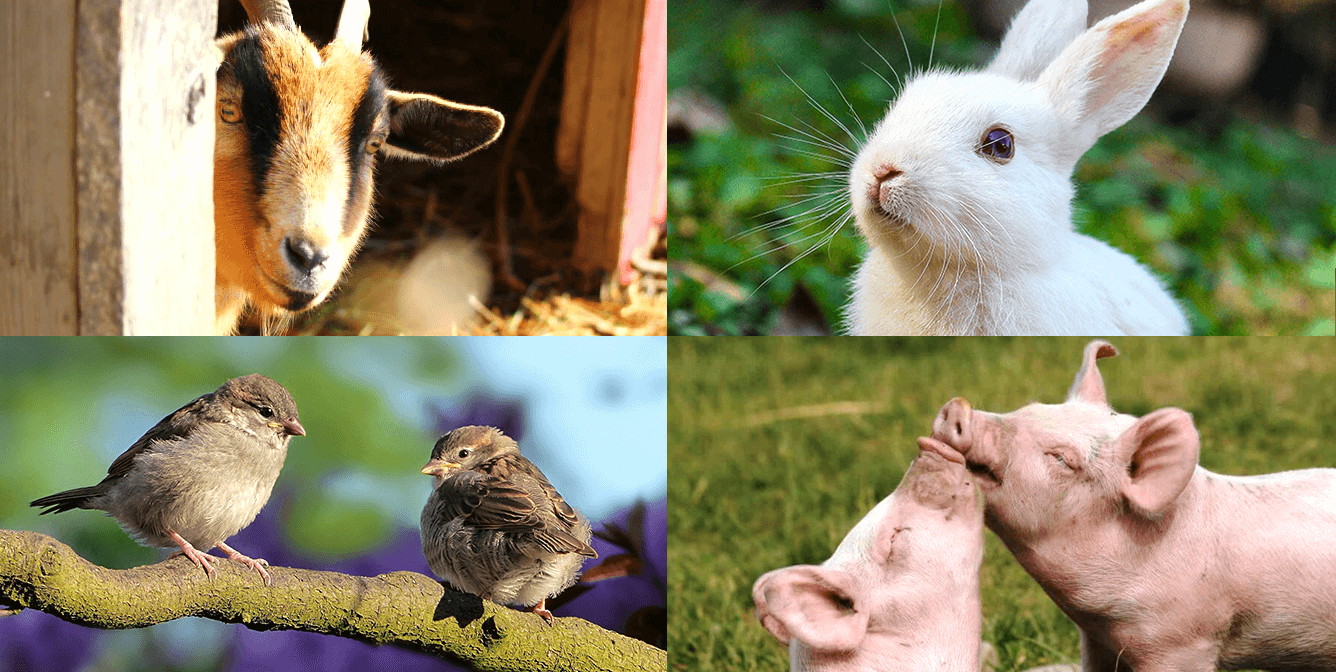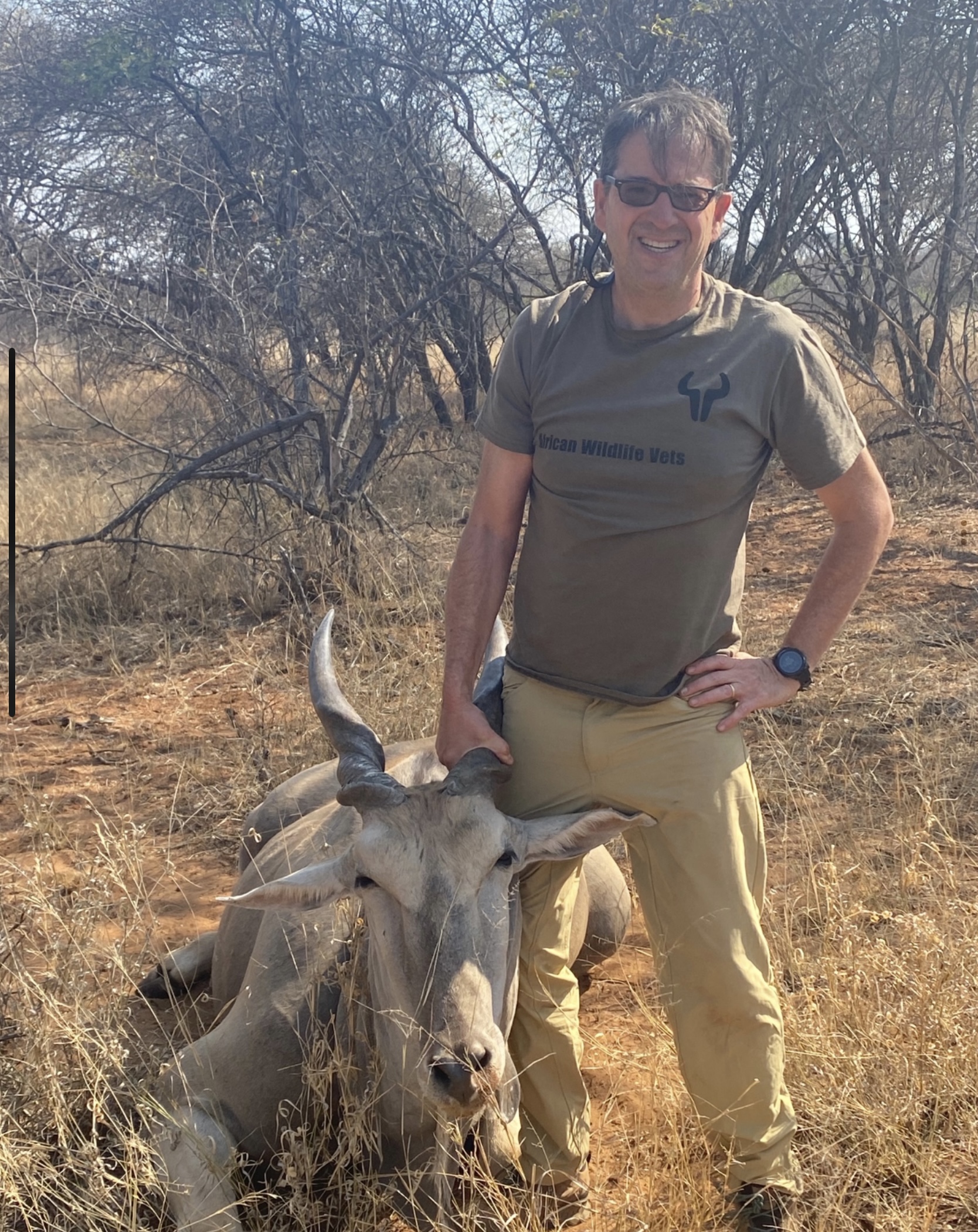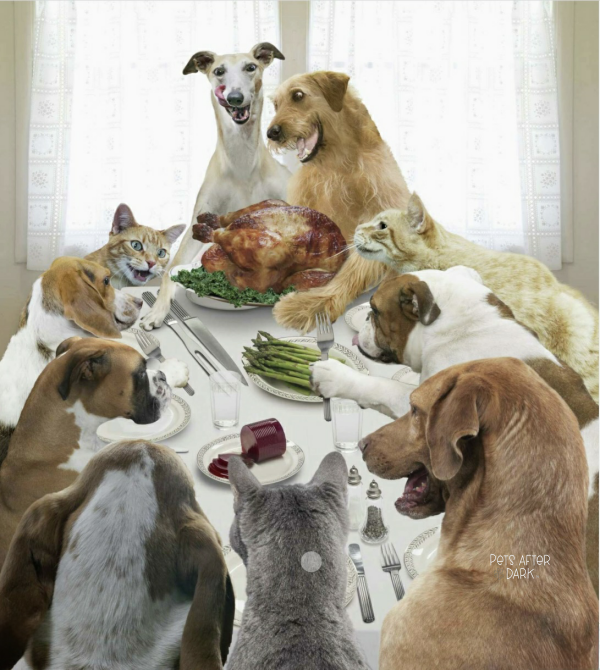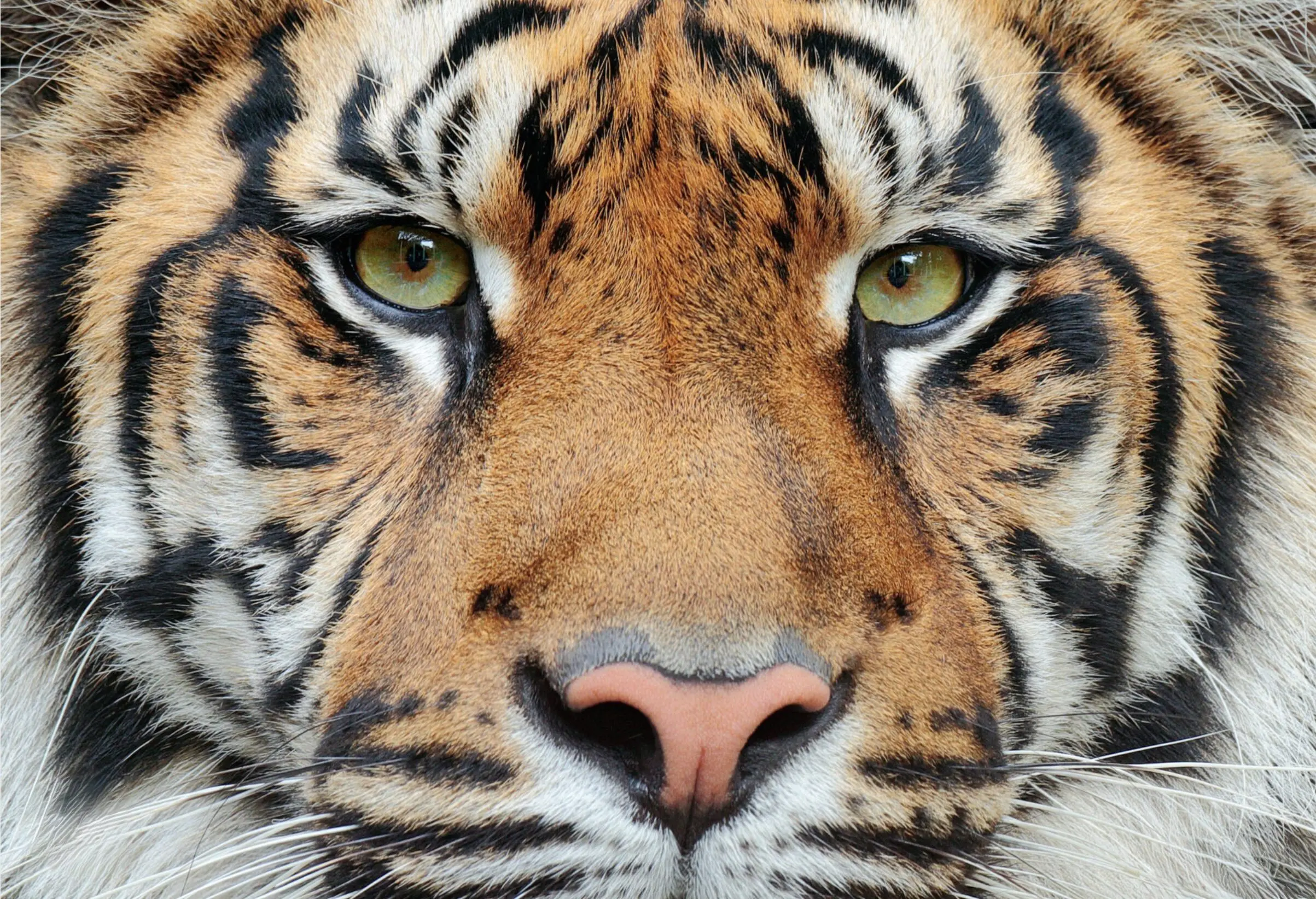
sen·tient /ˈsen(t)SH(ē)ənt/ adjective 1. able to perceive or feel things.
I recently presented at the Institute of Critical Animal Studies (ICAS) conference on “Recognizing Non-Human Animals as Sentient Beings”. I
Weeknights 7PM - Midnight
Weekends 8AM - Midnight

One of the things I appreciate most about being a veterinarian is the ability to use my skills in different settings. In September of 2023 I participated in a program on wildlife conservation in South Africa. The program was offered by an organization called African Wildlife Vetsbased in the province of Limpopo, about 30 miles from the South African border with Botswana. The director of the program was Dr. David “Dup” Du Plessis, a wildlife veterinarian with over 40 years of experience. The course curriculum was designed to expose participants to the techniques used to immobilize a variety of African wildlife species for reasons I will explain.
South Africa was colonized by the Dutch in the 1600s and subsequently became part of the British Empire in the late 1800s. Much of the white population in South Africa is descended from Dutch ancestry and the language (Afrikaans) and legal system established by the Dutch continues to this day. Much like the Unites States, through generations of wealth accumulation based on a slave economy, many white families were able to obtain large tracts of land; and by Dutch law, any wildlife on a piece of private land is considered private property, allowing the owners of these properties to profit from the wildlife in primarily two ways: tourism and hunting. Throughout South Africa there are thousands of such properties, ranging in size from 20,000 to 80,000 acres, each with high wire fences around the perimeter delineating the boundaries of the private property. The owners of these properties, or wildlife reserves, have established luxury accommodations to attract tourists to come and “go on safari” to view or hunt the myriad species of African wildlife. There is one large public (government-owned) national park in South Africa, Kruger National Park; but by far most safari trips in South Africa are run by the private reserves. As a result of the existence of these private wildlife reserves, an entire economy has developed to support them. Owners of these reserves often have wildlife breeding programs to raise and sell certain species to other reserves. Wildlife veterinarians play a vital role in this economy by providing their services to these reserves, primarily to immobilize animals for transport to other reserves, or for relocation to different enclosures within a reserve for breeding purposes. On occasion, veterinarians are also called upon to treat an individual animal with an ailment or to perform field necropsies on dead animals. This is the basis for Dr. Du Plessis’ practice as a wildlife veterinarian – his clients are the owners of these reserves.
One might not consider this to be wildlife conservation in the true sense. However, in countries where a large portion of the human population lives in poverty, not everyone has the same appreciation for maintaining populations of wildlife species, especially considering that some of the predator species (eglions, cheetah, leopards) will prey on livestock such as sheep, goats and cattle, and many of the ungulate (herbivore) species (eg. impala, eland) could be made available as food for local communities. In first world countries many people have the luxury of appreciating the existence of diverse populations of wildlife species because their basic human needs are met. But in third world countries not everyone has this same appreciation. South Africa is interesting in that it is considered both a first and a third world country. Major cities such as Johannesburg, Pretoria and Cape Town have the modern infra-structure and living standards of a first world country, while areas outside of the major cities are more like third world countries. The tourism and hunting opportunities offered by the private wildlife reserves in South Africa provide an economic justification to maintain wildlife populations.
The course run by Dr. Du Plessis is technically open to anyone interested, although most participants are veterinarians and veterinary technicians. The courses run anywhere from 2-4 weeks – mine was a 3-week course. My group consisted of myself and 3 other veterinarians, all small animal vets from Portugal. During these 3 weeks, we encountered many different species of African wildlife, including, impala, eland, nyala, sable, roan, ostriches, rhinos, buffalo, lions, giraffes, water buck, oryx, warthogs, wildebeest, springbok, kudu and zebra. Although most of the private reserves do not allow elephants on their properties due to their destructiveness, we also took a day trip to an elephant sanctuary.
Each morning Dr. Du Plessis would tell us the plan for the day, and we would spend 1-2 hours going over the techniques and drugs necessary to carry out the plan, and then travel 30-60 minutes to a reserve to carry out the plan. The drugs used depended on the species we were being asked to immobilize for transport. As veterinarians, we were all familiar with the drugs, as many of them are drugs we use in small animal practice. However, the potency of these drugs is many times higher than the drugs we use in practice. They are so potent that even a small amount of human exposure could be lethal. So, we were all trained in how to deal with a human exposure, and carried naloxone (aka Narcan) as a reversal agent for this purpose.
Almost all the work involved darting animals by helicopter and communicating the location of the darted animal to a ground crew that consisted of us (the program participants), Dr. Du Plessis’ incredibly able and courageous assistant Dominique, and several ranch hands. Dr. Du Plessis is an expert marksman and would go up in a small helicopter with the pilot, fly around the reserve until they found the animals of interest, dart an individual, and immediately radio to the ground crew to notify us of the location of the darted animal. We would all then hop into a pick-up and drive at high speeds on curvy, dirt roads through the bush to get to the animal. Speed was of the essence to ensure the safety of the darted animal. Once we arrived at the scene, we would quickly get to the animal, blindfold it to decrease visual stimulation, remove the dart, and clean the wound created by the dart. The crew would then put a large tarp under the animal, and as a group we would hoist the animal into the flat-bed of the truck. This was no easy task, as many of the animals ranged in weight from 3-500 pounds, and some were larger than that. Once the animal was loaded, we’d all hop back on to the truck, turn the animal onto its chest (sternal), elevate its head with its mouth tilted down (in case it vomited), and drive the animal (again at high speed) to a designated area, either for release into a new enclosure, or to a larger truck for transport to a different reserve. Many of the herbivores have long sharp horns, especially sable and oryx, so one of us was designated to straddle over the back of the animal to keep a tight hold on the horns to make sure no one got skewered. Once we arrived at our destination, the animal was off-loaded, and Dominique then administered a reversal agent to wake the animal up. In situations where we were transporting the animal to a different enclosure on the same reserve, we were able to watch the animal wake up, only a few minutes after receiving the reversal injection. It was truly a marvel to see the animal wake up and immediately run off back into the bush.
Over the course of my 3 weeks in South Africa I gained invaluable experience with wildlife handling and physical and chemical immobilization techniques. Although I don’t plan to repeat the course (many students do), the skills and exposure I gained would potentially be transferable to other wildlife conservation efforts around the globe.
Dr. Ken Fisher, DVM

I recently presented at the Institute of Critical Animal Studies (ICAS) conference on “Recognizing Non-Human Animals as Sentient Beings”. I

Every year around this time pet owners are warned about toxic foods and holiday hazards. And while it’s important to

Life on the Inside: How to Keep Indoor Cats Happy (and Out of Trouble) There’s something fascinating about how differently
Pets After Dark is a subscription-based service that provides expert, local after-hours veterinary care.